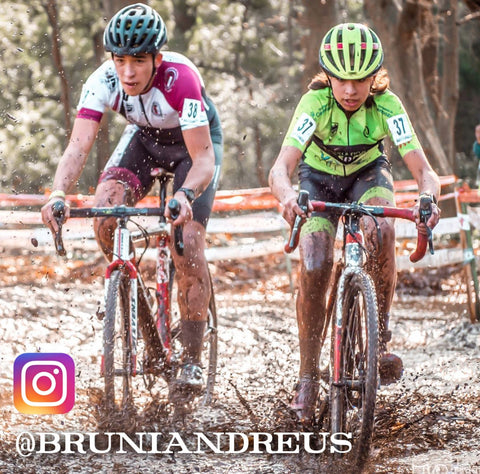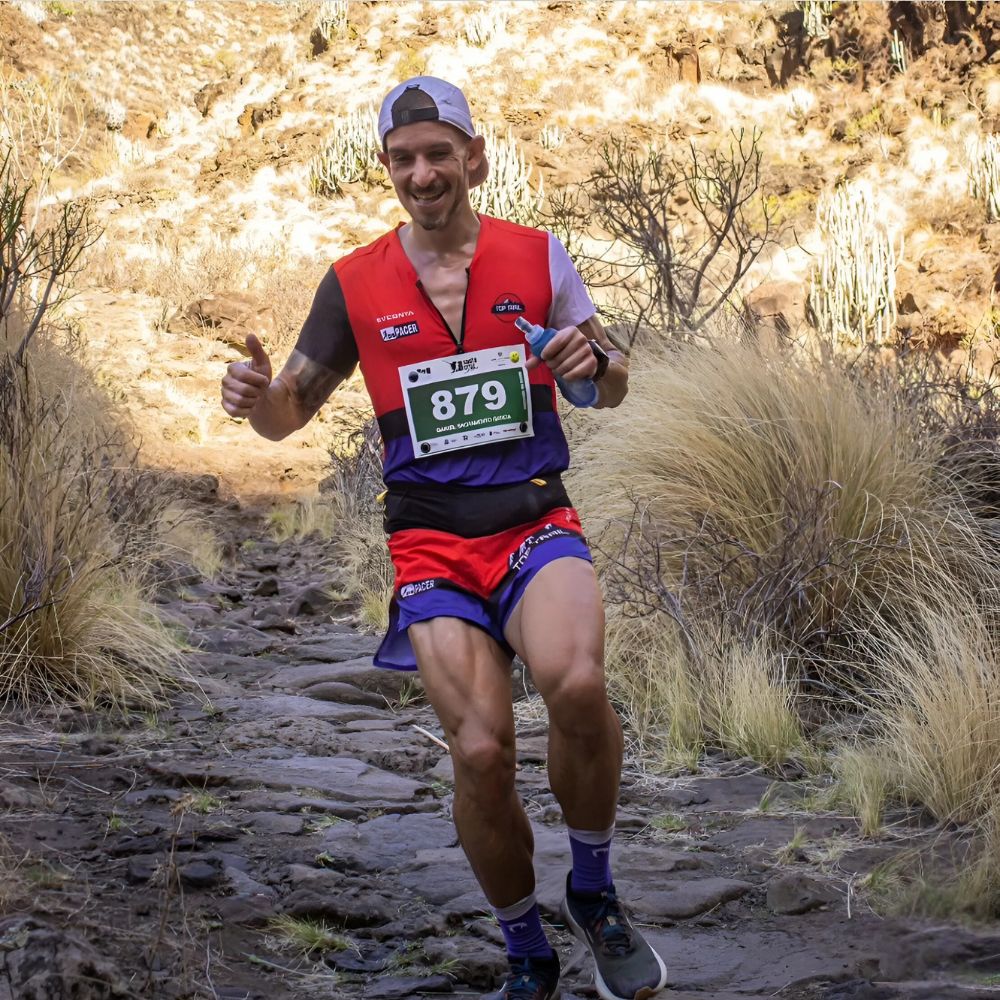Mountain bike technique with mud. Improve your MTB technique
Today we are going to touch on a topic that is very useful for Mountain Bike lovers, "the technique" to go fast or at least comfortably on the bike.
We open a series of several articles so that you can master the most common situations in mountain biking.
Improving your technique requires many hours on top of the bike, surrounding ourselves with more skilled cyclists than us normally makes us learn much faster and above all, we must be open to trying.
To be a "professional" from amateur levels we need patience, remember that there are colleagues who have been competing in mtb since they were children and have acquired a technique for years.
For your peace of mind, you can greatly improve your technique with some basic tricks and a desire to learn.
THE MUD

Very feared by many.
3 very marked types of cyclists, “inside there are variables”.
- The champion. Goes strong on all terrains and conditions. (No need for explanations)
- The one who goes fast but when there is mud hardly finishes the test.
- The one with a medium level but when there is mud as if by magic he even makes a podium.
How curious that cyclists who are usually very fast suffer too much in these conditions. Because?
They are cyclists who are usually very technical, they like to feel everything under control and not lose traction at any time, they are good at positioning their body and balancing the weights but they can't stand losing control on the lines. Being millimeter is not a maximum in these conditions.
How to do or rather what do those who go fast in these conditions?
They read the terrain with an intuition that is learned and trained.
The water accumulates in low areas, so take advantage of the entire layout and avoid lower sides where in all probability all the water has accumulated, a place prone to "hidden mud pools".

puddles.
We recommend taking advantage of rainy days to experiment, "normally" where there are puddles it is because the ground is compacted below that is why puddles form, enter without fear, there is traction, if you do not have room to think or change the line a lot, weight back and part the puddle in the center, never on the sides because that is where the mud accumulates and the slope is what closes the direction, which will lead to an almost certain fall, although if you do not load the front axle you can get away with no problem. Be careful with the exceptions, in clayey areas it is not so easy to control.
Common mistake.
Shorten the strokes and position the body as if the stroke were dry. This leads you to stop the inertia a lot and if you don't get high or get stuck or go to the ground safely and the worst thing is having to pick up speed again, to get out of there, very badly.
To make matters worse, on very closed or internal lines there are deep ruts that can leave you unchanged for sure. Avoid this in 90%, you must flow, long lines, looking for the firm, avoiding the "pug" and slow down a lot "break the inertia".
body placement
Balance the weight, never load the front end if there is no grip, try to carry the weight behind, with smooth movements. You would be surprised by the meters that can be advanced moving without grip but without falling if you take advantage of the smooth movements in your favor, please do not correct at that moment, let the traction return, do not force.
If you lose traction on descents with the feeling that you cannot hold the bike, look far away and measure the track well, go long is the best option, always lengthen taking advantage of the entire track and touch the brakes as if they were butter, there is almost always more space than it seems
All these habits not only prevent falls, they keep your bike safe these days when excess mud can break your chain, gear, leave you without brakes...
We hope you enjoyed our tips and we thank Bruno and Moises for their photos. A very strong hug and see you next time.


